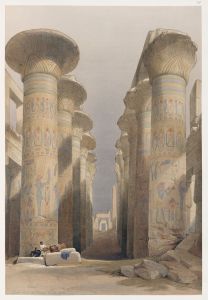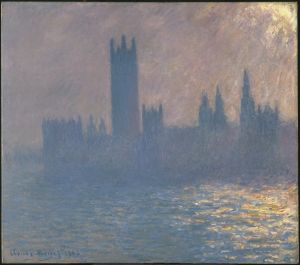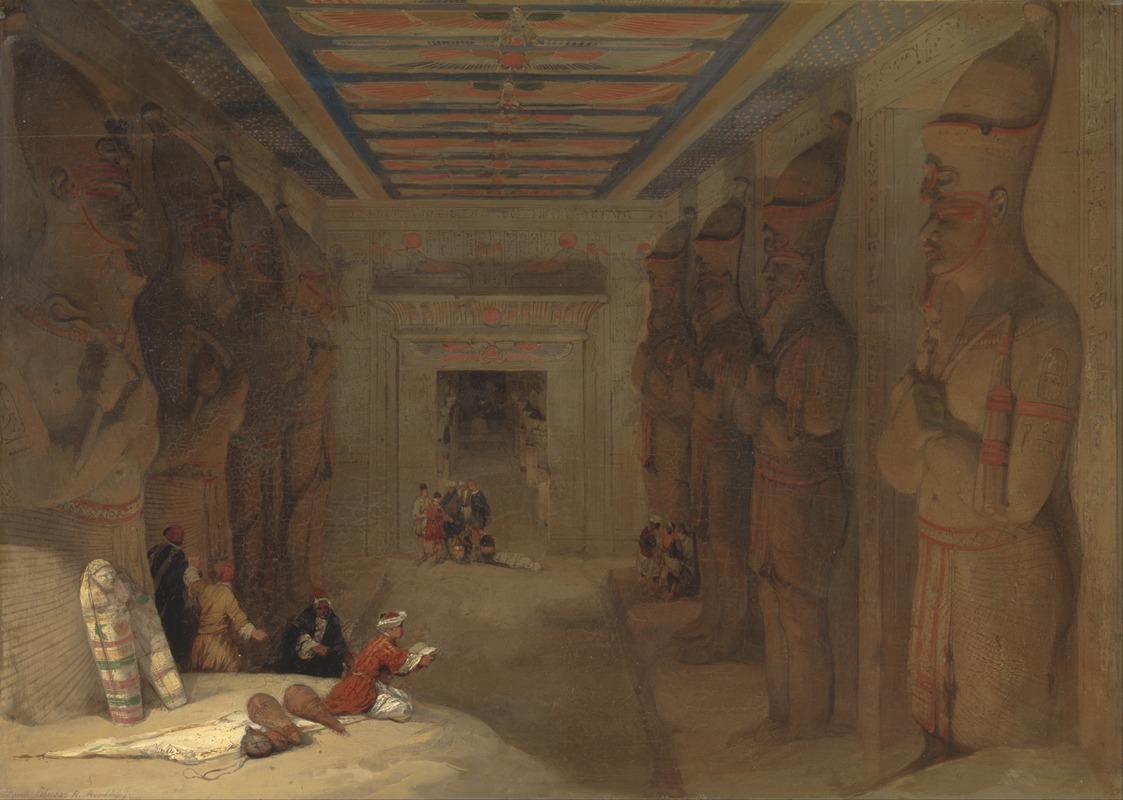
The Hypostyle Hall of the Great Temple at Abu Simbel, Egypt
A hand-painted replica of David Roberts’s masterpiece The Hypostyle Hall of the Great Temple at Abu Simbel, Egypt, meticulously crafted by professional artists to capture the true essence of the original. Each piece is created with museum-quality canvas and rare mineral pigments, carefully painted by experienced artists with delicate brushstrokes and rich, layered colors to perfectly recreate the texture of the original artwork. Unlike machine-printed reproductions, this hand-painted version brings the painting to life, infused with the artist’s emotions and skill in every stroke. Whether for personal collection or home decoration, it instantly elevates the artistic atmosphere of any space.
David Roberts' painting "The Hypostyle Hall of the Great Temple at Abu Simbel, Egypt" is a remarkable depiction of one of the most iconic archaeological sites in Egypt. David Roberts, a Scottish painter born in 1796, is renowned for his detailed and accurate representations of architectural and historical sites. His works are particularly significant as they provide a visual record of many locations before modern restoration efforts and the impact of tourism.
The Great Temple at Abu Simbel, located in Nubia, southern Egypt, near the border with Sudan, is one of two temples commissioned by Pharaoh Ramses II during the 13th century BCE. The temple is dedicated to the gods Amun, Ra-Horakhty, and Ptah, as well as to Ramses II himself. It is renowned for its colossal statues of Ramses II that adorn the facade, each standing approximately 20 meters tall. The temple was carved directly into the sandstone cliffs, a testament to the engineering prowess of ancient Egyptian civilization.
Roberts visited Egypt in the early 19th century, a time when European interest in Egyptology was burgeoning. His journey to Egypt began in 1838, and he spent over a year traveling and sketching various sites. His works were later lithographed and published, making them accessible to a wider audience in Europe and contributing significantly to the Western fascination with ancient Egypt.
In "The Hypostyle Hall of the Great Temple at Abu Simbel, Egypt," Roberts captures the grandeur and intricacy of the temple's interior. The hypostyle hall is characterized by its massive stone columns, which are intricately carved with hieroglyphics and images of the pharaoh and deities. These columns support the roof of the hall and are arranged in a symmetrical fashion, creating a forest of stone that is both imposing and awe-inspiring. The play of light and shadow in the hall, as depicted by Roberts, highlights the depth and detail of the carvings, emphasizing the skill of the ancient artisans.
Roberts' painting not only serves as an artistic masterpiece but also as an important historical document. At the time of his visit, many of these sites were not well-documented, and his paintings provided some of the first detailed visual records available to the public. His work has been praised for its accuracy and attention to detail, qualities that were achieved through his meticulous on-site sketches and observations.
The significance of the Great Temple at Abu Simbel extends beyond its architectural and artistic achievements. In the 1960s, the temple was at risk of being submerged due to the construction of the Aswan High Dam and the resulting creation of Lake Nasser. An international effort, led by UNESCO, successfully relocated the temple to higher ground, preserving it for future generations. This monumental task involved cutting the temple into large blocks and reassembling it at a new site, a testament to the global recognition of its cultural importance.
David Roberts' painting remains a valuable piece of art that continues to inspire interest in ancient Egyptian history and architecture. It stands as a testament to the enduring legacy of Ramses II and the civilization he ruled, as well as to the skill and dedication of Roberts himself in capturing the essence of one of Egypt's most magnificent monuments.





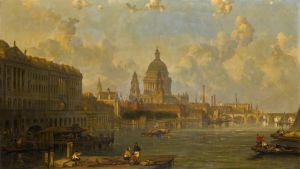
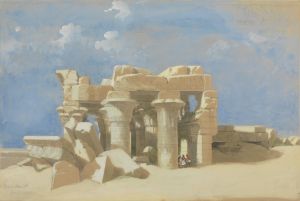
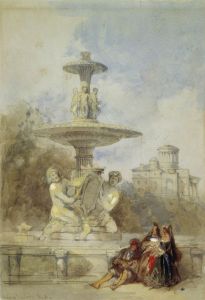
![Karnac [Karnak]. Nov. 29th, 1838.](/imgs/217502/s/david-roberts-karnac-karnak-nov-29th-1838-8df2346d.jpg)
![Karnac [Karnak]. Nov. 29th, 1838](/imgs/217503/s/david-roberts-karnac-karnak-nov-29th-1838-5a10b435.jpg)

![Ruins. Temple on the Island of Biggeh [Bîga, Bîjah], Nubia.](/imgs/217537/s/david-roberts-ruins-temple-on-the-island-of-biggeh-biga-bijah-nubia-1cd1f41d.jpg)
![Temple of Isis on the roof of the great temple of Dendera [Dandara].](/imgs/217547/s/david-roberts-temple-of-isis-on-the-roof-of-the-great-temple-of-dendera-dandara-fd95528e.jpg)
![Temple of Wady Saboua [Wadi al-Sabua], Nubia.](/imgs/217551/s/david-roberts-temple-of-wady-saboua-wadi-alsabua-nubia-52e62db.jpg)
